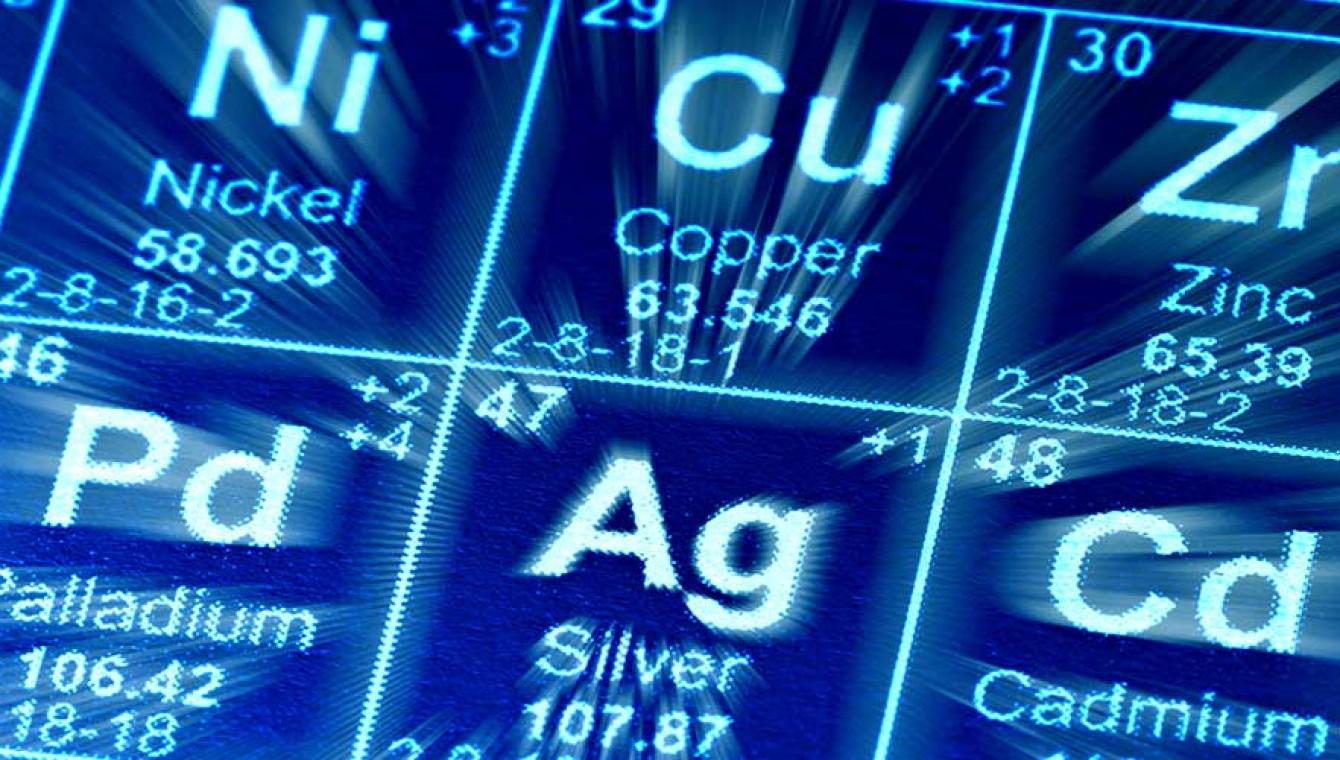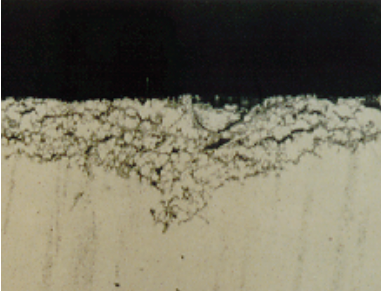
The recent incident of excessive lead in drinking water in Kai Ching Estate has raised public awareness of the lead content in everyday products. Many of the daily necessities, such as toys, kitchenware, bathroom appliances, and garment accessories, are die-cast products, so how to control and ensure that their lead content meets safety standards has become an important topic.
What exactly is Lead?
Eighty percent of the world's lead is used in batteries, other applications include construction, warheads, artillery shells, soldering, fishing gear, fishery equipment, radiation protection, trophies, and some alloys such as steel alloys, copper alloys, or lead-tin alloys for welding. Lead has a low melting point and a soft texture, making it easy to process, and lead and tin can be made into an alloy called "solder" to take advantage of its low melting point.
However, lead is a heavy metal, which is toxic and especially damaging to children's nervous systems, which can lead to blood and encephalopathy. Long-term exposure to lead or its salts (especially soluble and strongly oxidizing lead dioxide (PbO2)) can cause kidney disease and colic-like abdominal pain. In addition, lead accumulated in human body it difficult to discharge on its own, and it can only be removed by drugs.
Due to the serious negative effects of lead on the human body, some national regulation such as Europe, the United States and Japan control the use of lead.
In terms of electrical and electronic products, the Restriction of Hazardous Substances Directive 2002/95/EC (RoHS), which came into force on July 1, 2006, provides for lead, mercury, cadmium, hexavalent chromium and polybrominated biphenyls (PBB) of flame retardants and polybrominated diphenyl ethers (PBDE) to ensure that the material and process standards of electronic products are safe for human beings. Similar standards and regulations have been introduced in Japan, the United States, and China, and lead-free has become a matter of course.
For consumer products, the U.S. Consumer Product Safety Improvement Act (HR4040) requires all children consumer products imported into the U.S. to contain less than 100 ppm of lead per component (unless the technology does not meet the requirements). In Europe, the toy regulation EN71 stipulates a maximum of soluble heavy metals in toy products, of which the maximum amount of lead released in the third category of materials (scrapable materials) is 160 ppm.
The requirements are even stricter when it comes to food contact materials, including tableware, kitchenware, food processor and small food appliances. Because some chemical components in materials may migrate into food and be ingested by the human body, affecting human health, therefore, countries around the world attach great importance to the safety of food contact materials and products, and have formulated relevant laws and regulations, such as the European Union's EN601, Germany's LFGB, France's DGCCRF, the United States' FDA and California 65 statements, etc., in these provisions, There are strict requirements for heavy metals, including lead.
Lead in metal products
For example soldering, because the price of lead is cheaper than tin, many solders are mixed with lead to reduce costs. According to the ISO9453:2014 standard, the lead content of solder must be less than 0.07 percent. BTW, the RoHS requirement, requires lead levels to be below 1000 ppm.
ISO 9453:2014 | Sn | Pb | Sb | Bi | Cu | Au | In | Ag | Al | As | Cd | Fe | Ni | Zn |
Chemical Composition % | Remaining | 0.07 | 0.1 | 0.1 | 0.5-0.9 | 0.05 | 0.1 | 0.1 | 0.001 | 0.03 | 0.002 | 0.02 | 0.01 | 0.001 |
Except electrical and electronic products, consumer goods and kitchenware, lead can also be present as impurities in metal die castings. The die-casting parts that are often in contact include sanitary ware, lockset, handles and other hardware products, and their content is generally very low. Taking No. 3 zinc alloy as an example, the international standard stipulates that its content should be 40ppm or less, so the zinc alloy must be smelted with high-purity zinc to meet this requirement. In addition to product safety concerns, lead can also have a very bad effect on the properties of zinc alloys, namely intergranular corrosion.

Fig.1 The condition of intergranular corrosion can be seen from the cross-section of the casting

Fig.2. Severe intergranular corrosion cracks the casting
How to minimize heavy metals in die-cast products?
First of all, we must start from the smelting of alloys, only high-purity raw materials can produce low-impurity alloys, and to produce high-purity pure zinc must use advanced smelting technology.
When high-quality and pure raw materials are available, the remaining problem is how to control heavy metals in the production process. There are more impurities including heavy metals in the recycling metal such as runners and overflows than the raw material, so controlling the recycling metal is a key. Because the return material needs to be remelted, the more recycling metal, has greater impact to the chamber.
How to reduce the runners and overflows? That we should start with the mold design, optimize the runner design, and increase the proportion of castings (the proportion of products in the whole mold). Besides, to prevent the melt from being polluted by heavy metals, it is best to classify the return material and treat the runners, overflows, slag, and electroplating parts / inked parts separately. To better control the heavy metal content in the material, the metal in chamber and castings can be tested regularly during the production process.
In general, heavy metals such as lead have serious harm to the human body and also have a negative impact on the performance of alloy products, so whether it is for the consideration of safety regulation or the requirements for product performance and quality, the content of heavy metals should be strictly controlled, and high-quality raw materials and strict production control are necessary conditions!




